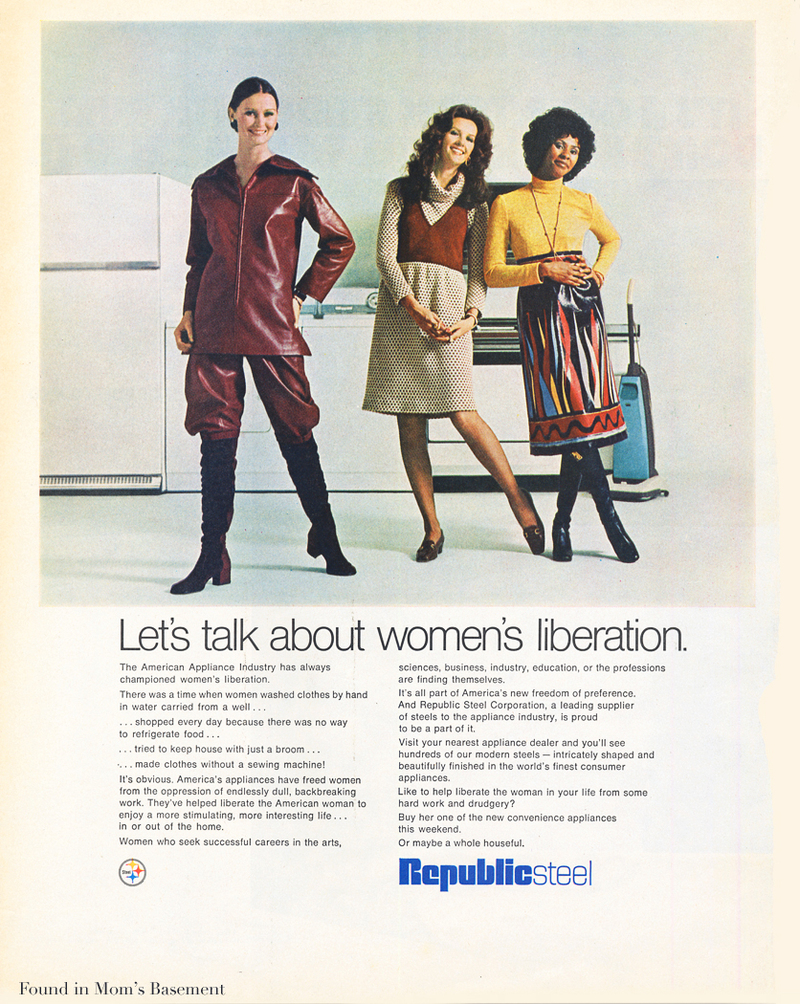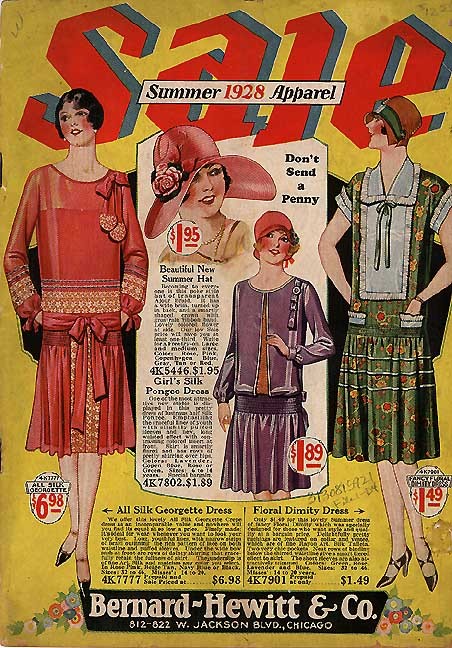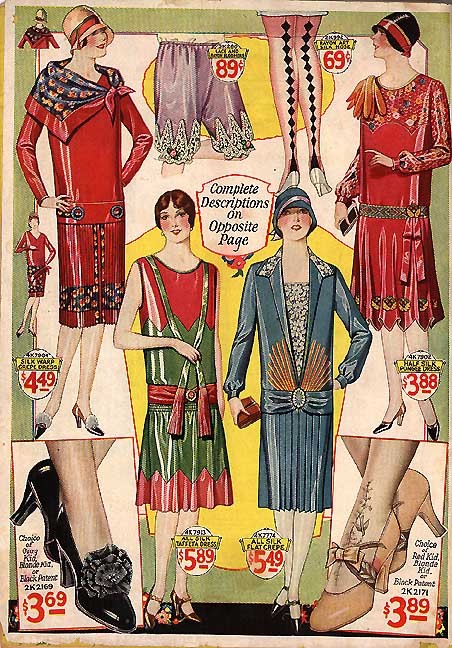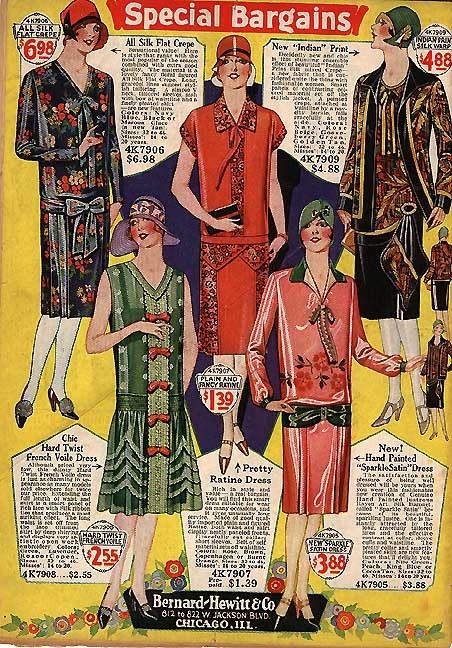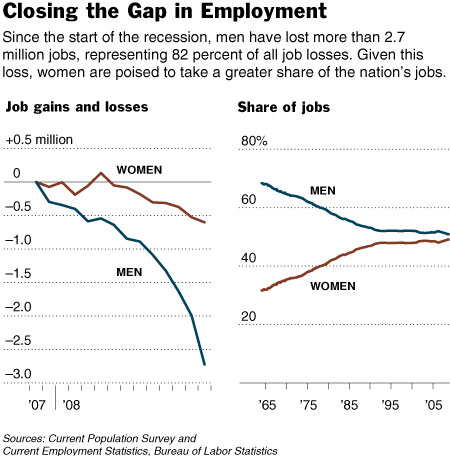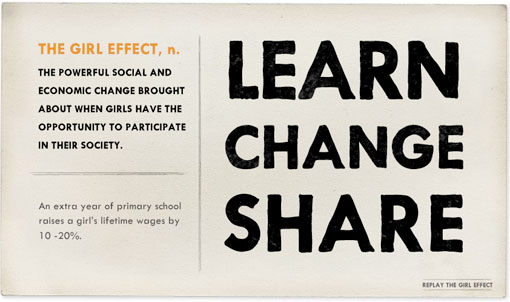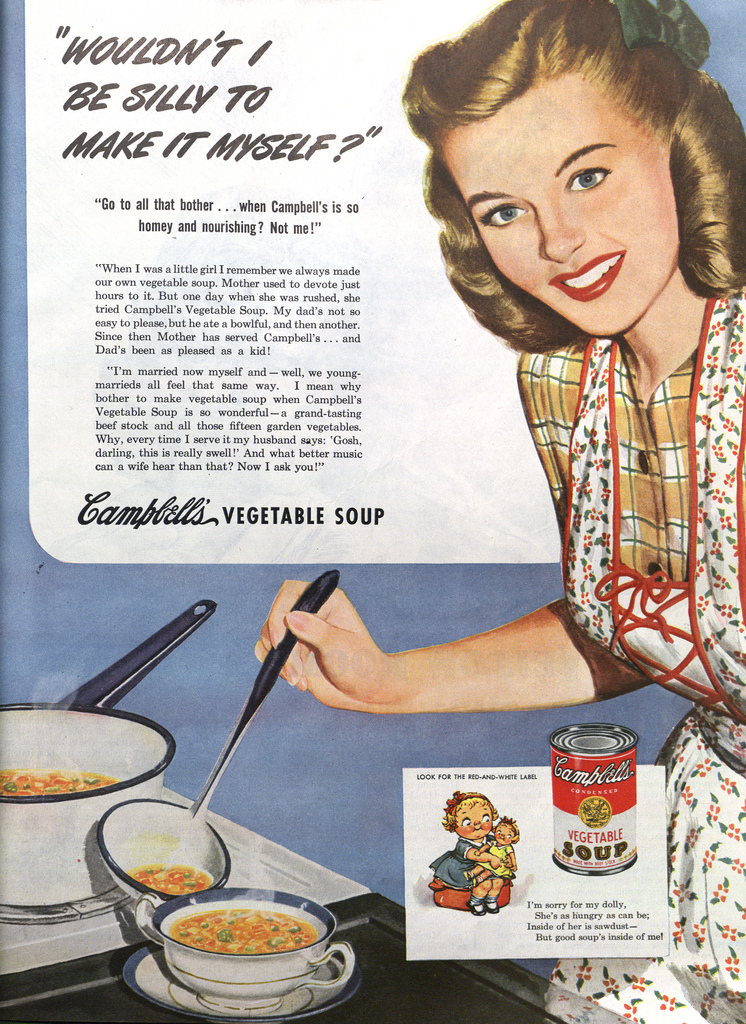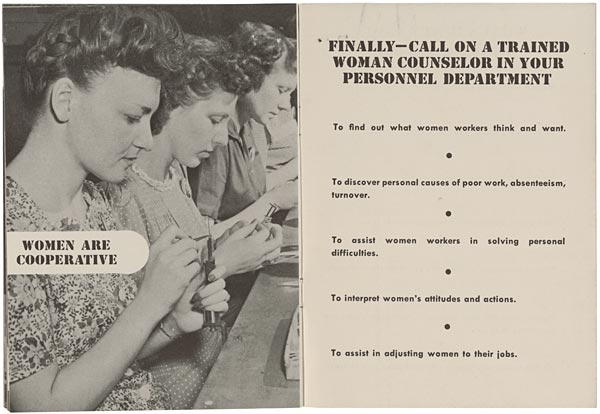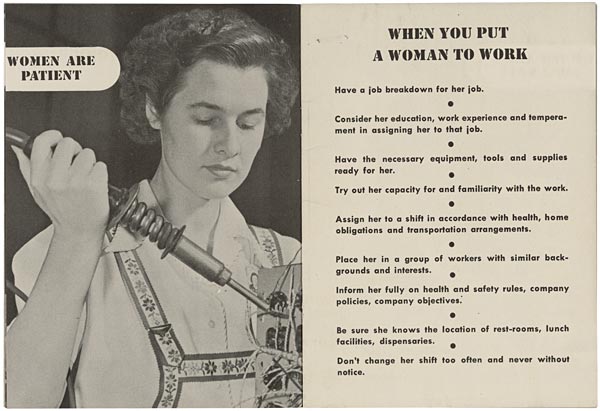Something I read in another blog sent me digging into the statistics on homicide between husbands and wives or other “intimates.” I remembered from my days in the crim biz that the US was unique in that wives here killed their husbands almost as frequently as husbands killed wives. This statistic, the “spousal rate of killing” (SROK), was introduced in a now-classic 1992 article by Margo Wilson and Martin Daly. In most countries, that rate is 25-30%. In the US, Wilson and Daly pointed out, it was about 75%.
But something has happened, over the last thirty years or so (data here). And as far as I can tell from a quick search on the Internet, nobody seems to have noticed.
(Click on the graph for a larger view.)
Between 1976 and 2005, the number of women killed by their male partners decreased by about 25%, less than the decrease in all homicides nationwide. But the number of men killed by women dropped dramatically, from 1300 to 330, a 75% decrease (since the population increased in those three decades, the change in rates is probably even greater. The SROK fell from 82% to 28%.
My Internet search for explanations was cursory at best, but it turned up nothing. I have only two ideas:
1. Men Behaving Better. Men have stopped doing those things that made women want to kill them.
I offered this explanation to two women in the Justice Studies department here. They rejected it out of hand and without comment. (Maybe they didn’t like the blaming-the-victim assumption: if women kill men, it’s because of what men do. Or maybe they were using a convenience sample of anecdotal data on men’s behavior.). One of these women, Lisa Anne Zilney, offered a counter-explanation . . .
2. Women Having Options. Women’s shelters and other facilities have given women an alternative. Without these, the only way to escape an intolerable situation at home was to get rid of the cause. Providing abused and desperate women a safe place to go saves lives – and apparently not just the lives of women.
I’m not wild about either of these explanations for the steep decline in the SROK (and as I recall, Wilson and Daly weren’t wild about any of their explanations of why it was so high).
Any ideas?
———————————–
Thanks Jay! Read his other guest post: When grown men loved teddy bears.
If you would like to write a post for Sociological Images, please see our Guidelines for Guest Bloggers.


